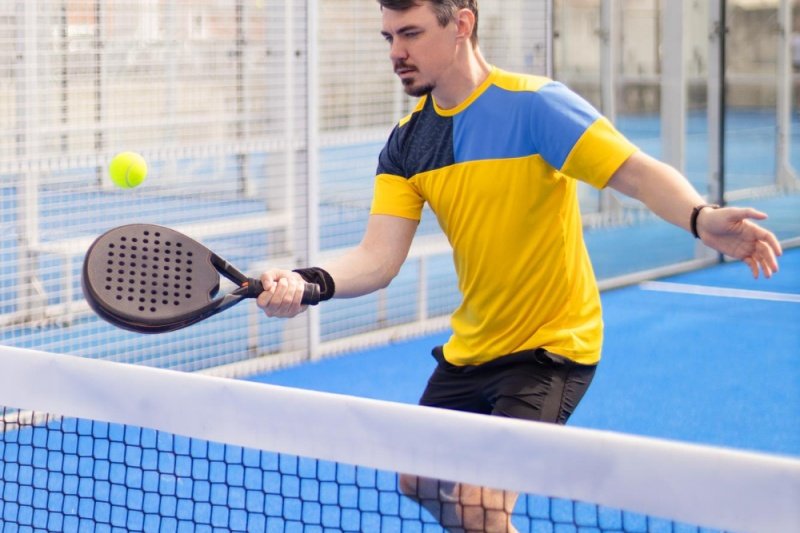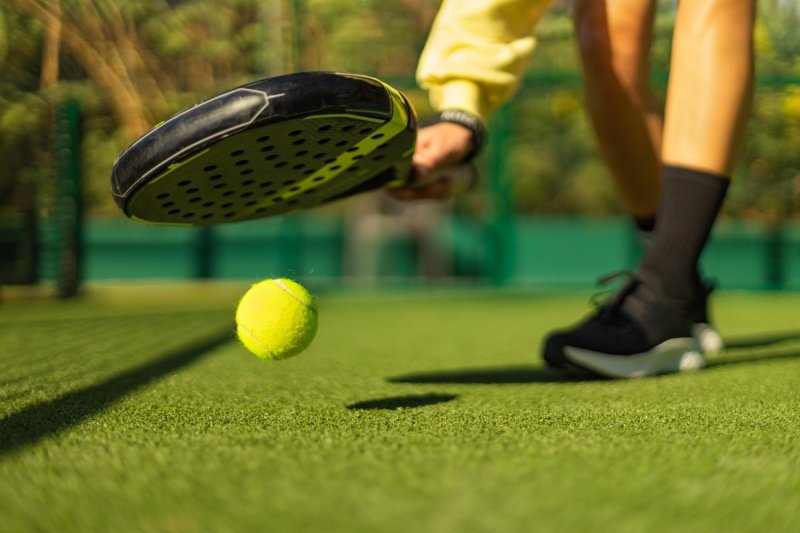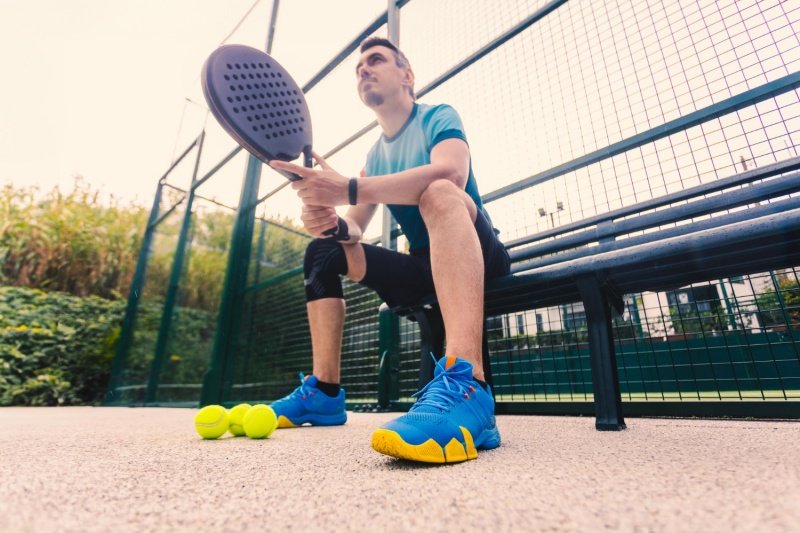Not sure which material gives you the edge on the court? Carbon, fiberglass, and foam each offer unique benefits—and tradeoffs.
Carbon, fiberglass, and foam each impact padel racket performance differently, based on stiffness, durability, and comfort.
Let’s explore what truly matters in your material choice, especially if you're buying or selling padel rackets in bulk.
Which is better carbon fiber or fiberglass padel racket?
Choosing between carbon and fiberglass is tricky. Each has fans and critics, depending on skill level and play style.
Carbon fiber1 offers more power and durability, while fiberglass provides more flexibility and comfort.
Key Differences in Feel and Performance
In my experience working with global buyers, this is one of the first questions they ask. Carbon sounds “premium,” but fiberglass has its place too, especially in entry-level rackets.
H3: Material Comparison Table
| Property | Carbon Fiber | Fiberglass |
|---|---|---|
| Weight | Lighter | Slightly heavier |
| Power | High | Medium |
| Control | Medium | High |
| Durability | Very High | Medium |
| Comfort | Medium to Low | High |
| Price | Higher | Lower |
H3: How to Choose
Carbon fiber continues to be ideal for players who want quick response and stiffness. Hybrids2 or fiberglass work well for those prioritizing comfort and budget. We often use fiberglass in beginner rackets and combine it with carbon for intermediate models.
What is the best material for a padel racket?
The “best” material varies based on skill level, performance expectations, and even climate.
Carbon fiber is considered the best material for advanced players, while hybrids or fiberglass work well for beginners.
No One-Size-Fits-All
Many customers ask me this during their first bulk order. My answer is always: define your market first. For example, some markets want long-lasting power rackets. Others want more accessible, comfort-driven models.
H3: Material Overview Table
| Material | Best For | Performance Style | Cost Level | Common Use Cases |
|---|---|---|---|---|
| Carbon 3K–18K3 | Advanced players | Power, Speed | High | Pro rackets, aggressive play |
| Fiberglass | Beginners/Intermediates | Control, Soft Feel | Low–Mid | Recreational use, training |
| Foam Core | Juniors, Comfort Users | Extra absorption | Low–Mid | Lightweight, low-impact gear |
H3: Combining Materials
At NEX Padel, we’ve found success combining materials. A racket with a fiberglass face and carbon frame, for example, balances price and performance well—especially for club-level resellers.
Is a hard or soft racket better for padel?
Many players believe harder rackets are always better, but that depends on your goals and experience.
Soft rackets offer more control and comfort, while hard rackets provide precision and power.
Core Hardness and Player Experience
Hardness is controlled by the core—typically EVA foam4—with varying densities. In our production line, we adjust this based on market demands. Southern Europe often prefers soft-core rackets, while pro-level players favor hard cores.
H3: Racket Hardness Comparison Table
| Feature | Soft Racket | Hard Racket |
|---|---|---|
| Feel | Softer, more forgiving | Firm, direct feedback |
| Control | Higher | Medium |
| Power | Medium | High |
| Vibration Absorption | High | Low |
| Best For | Beginners, Defensive Players | Aggressive, Experienced Players |
H3: My Advice for Buyers
If you're stocking for a general market, start with soft or medium-density EVA cores. They suit more players and reduce injury risk. Hard rackets are excellent for niche, performance-driven buyers.
What is the most forgiving padel racket?
Some players want precision—but many want a racket that won’t punish every mistake. That’s where forgiveness matters.
The most forgiving padel rackets are those with round shapes, soft cores, and fiberglass faces.
What Makes a Racket Forgiving?
Forgiveness comes down to how well a racket absorbs impact and how big the sweet spot is. In manufacturing, we adjust the shape, material, and core type to optimize this.
H3: Forgiveness Factors Table
| Feature | More Forgiving | Less Forgiving |
|---|---|---|
| Shape | Round | Diamond |
| Core | EVA Soft, FOAM | EVA Hard |
| Face Material | Fiberglass | 18K Carbon |
| Balance | Even or Handle-Biased | Head-Heavy |
| Weight | Lighter (350–360g) | Heavier (370g+) |
H3: Why It Matters for Resellers
Retailers targeting beginners or club players should prioritize forgiving rackets. These increase user satisfaction and reduce return rates. We often recommend round, fiberglass-based rackets with soft cores for this segment.
Conclusion
Each padel racket material—carbon, fiberglass, foam—offers unique advantages. The best choice depends on the player’s skill level, style, and comfort needs.
-
Understand the benefits of Carbon fiber for high strength and durability in advanced play. ↩
-
Learn how hybrids combine multiple materials to balance performance and cost. ↩
-
Explore the specifications and benefits of Carbon 3K–18K composites in high-performance rackets. ↩
-
Discover why EVA foam is used for racket cores to optimize impact absorption and comfort. ↩








